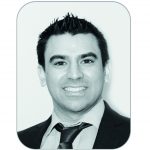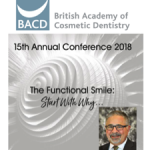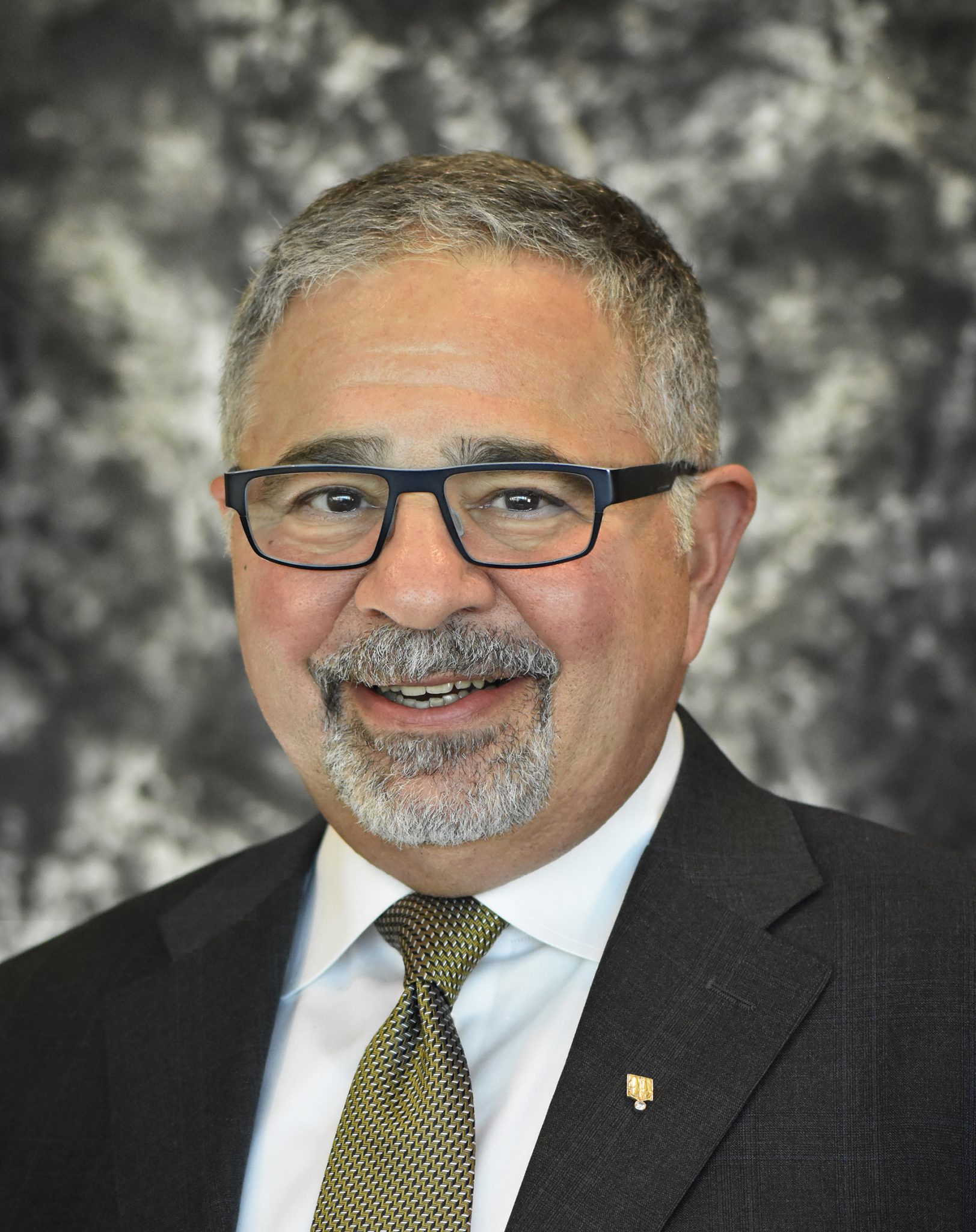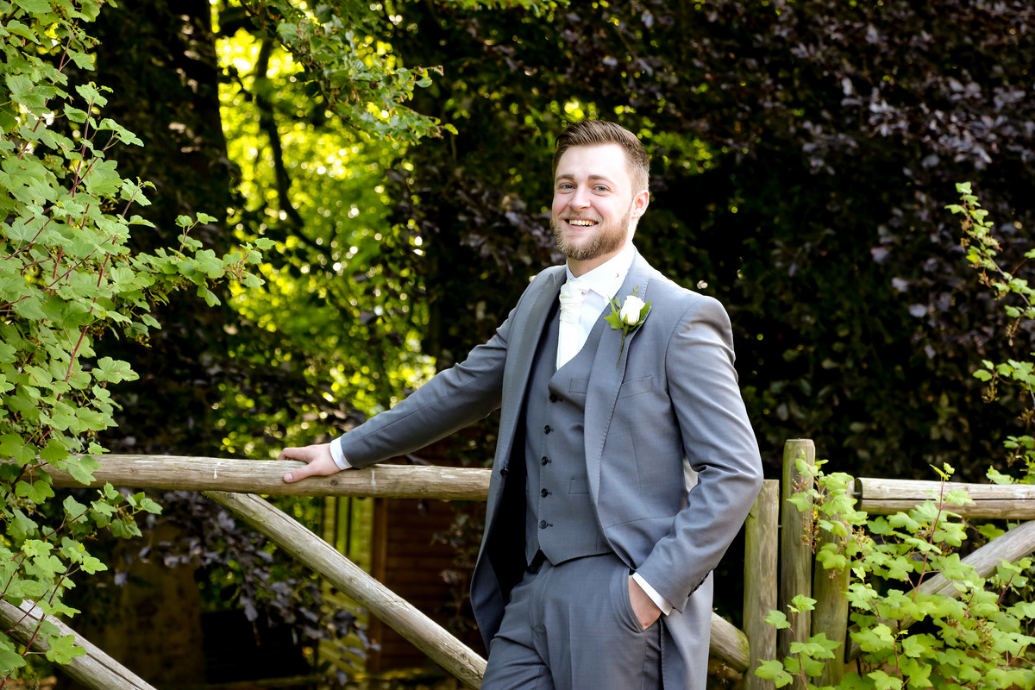Marketing Manager at Eschmann, David Gibson, considers dentistry in space.
 Have you ever wondered what astronauts do if they experience dental complications while in space? Well, in shorter missions it would usually be the case that the individual waits for their return to Earth before receiving appropriate dental treatment. But in long-term or exploration class missions, dental emergencies that require urgent attention can be treated in-flight, believe it or not. Granted, it may not be a common occurrence, but we know from a NASA publication that it has happened at least once; Dr John Hatcher reported in 2011 that an astronaut’s crown displacement was temporarily repaired by another crewmember without any complications.[i]
Have you ever wondered what astronauts do if they experience dental complications while in space? Well, in shorter missions it would usually be the case that the individual waits for their return to Earth before receiving appropriate dental treatment. But in long-term or exploration class missions, dental emergencies that require urgent attention can be treated in-flight, believe it or not. Granted, it may not be a common occurrence, but we know from a NASA publication that it has happened at least once; Dr John Hatcher reported in 2011 that an astronaut’s crown displacement was temporarily repaired by another crewmember without any complications.[i]
It’s because of situations like the one that took place in 2011 that all crewmembers of any NASA mission receive pre-flight medical training, and why two astronauts of each expedition crew undergo additional training to become Crew Medical Officers (CMO). According to the NASA Medical Checklist,[ii]there’s also a range of equipment and tools available to be able to deal with crown replacement, total avulsion, exposed pulp, tooth extraction and toothache, and to place a temporary filling.
As it stands, dental emergencies aren’t too much of a concern for space agencies, but as the duration of missions continues to lengthen and humans’ time in space continues to increase, it is quite possible that dental risks could rise significantly. This, in turn, could result in the need for more treatments to be carried out in-flight. As such, any future explorations – including any potential visits to Mars and deep space – will need to consider the potential dental risks within preparations and how dentistry could be delivered safely and effectively.
In particular, NASA and other agencies will need to give thought to the infection control risks associated with carrying out dental treatment in-flight. As well as the usual risk of cross-infection due to inadequate decontamination, astronauts would be faced with additional infection prevention and control hazards as a result of gravity, environment and physiological changes.
The first of which is that an astronaut’s immune system is compromised during space flight. As it is thought that a range of opportunistic pathogens such as bacteria, fungi and viruses that rely on reduced immune function to cause serious infectious diseases can be present in the spacecraft/space station, crew are at serious risk of contamination.[iii]
This is made worse by the fact that bacteria have been shown to demonstrate enhanced growth patterns in microgravity alongside an increased virulence.[iv],[v]Plus, because microgravity affects the aerobiology of the aerosols that are created from a cough, sneeze or during talking, particles remain airborne in space until they are either swallowed, removed by an air filtration system or come into contact with an absorbable surface. The presence of these aerosols therefore affects the risk of person-to-person transmission and would present a huge problem during the provision of any dental treatment in-flight.
Naturally, there are a number of infection control measures already in place by NASA to minimise cross-contamination during space flight. For instance, we know that germicidal wipes are used to clean high-touch, inanimate objects and disposable gloves and gowns are worn for all contact with potentially infectious materials.[vi]
However, there is no evidence available to indicate how dental equipment would be processed after use, so it remains unclear what – if any – specific infection prevention and control measures are in place for the delivery of dental treatment. Though it is almost guaranteed that whatever protocols are in place are far removed from those implemented within the dental practice, particularly as the use of a washer disinfector and autoclave would be an impossible task.
The question is then if dentistry in space becomes a common occurrence in the future during longer missions, how will space agencies prevent cross-contamination and ensure infection control compliance is achieved? Ultimately only time will tell for us to find out, but one thing is for sure, and that is that agencies will need to give lengthy consideration to infection control moving forward.
Meanwhile, back on Earth, dentists need to ensure that the utmost care is taken with decontamination when treating astronauts – the select few that treat expedition crews anyway! Infection control is critical to eliminate the spread of dangerous pathogens in any dental environment, be it in a dental practice on Earth or on a shuttle or space station.
For more information on the highly effective and affordable range of decontamination equipment and products from EschmannDirect, please visit www.eschmann.co.uk or call 01903 753322
[i]NASA [Dental Emergencies]. 2012. Review of Spaceflight Dental Emergencies. Anil Menon, The University of Texas Medical Branch, NASA Johnson Space Center Bioastronautics Contract, NASA/TM-2012-217368. Accessed online April 2018 at https://humanresearchroadmap.nasa.gov/gaps/closureDocumentation/2-Menon-A_TM-2012-217368.pdf?rnd=0.255094678259964
[ii]NASA [Medical Checklist] 2001. International Space Station Integrated Medical Group (IMG) Medical Checklist, ISS – All Expeditions. Mission Operations Directorate, 12 November 2001, NASA, Lyndon B. Johnson
Space Center, Houston, Texas, JSC-48522-E4. Accessed online April 2018 at https://www.nasa.gov/centers/johnson/pdf/163533main_ISS_Med_CL.pdf
[iii]Taylor PW. Impact of space flight on bacterial virulence and antibiotic susceptibility. Infect Drug Resist. 2015; 8: 249-262. Accessed online April 2018 at https://www.ncbi.nlm.nih.gov/pmc/articles/PMC4524529/
[iv]Mauclaire L, Egli M. Effect of simulated microgravity on growth and production of exopolymeric substances of Micrococcus luteus space and earth isolates, FEMS Immunol Med Microbiol, 2010; 59: 350- 6. Accessed online April 2018 at https://www.ncbi.nlm.nih.gov/pubmed/20482631
[v]Wilson JW, Ott C, Hönerzu Bentrup K, et al. Spaceflight alters bacterial gene expression and virulence and reveals a role for global regulator Hfq, Proc Natl Acad Sci. 2007; 104 (41):16299-304. Accessed online April 2018 at https://www.ncbi.nlm.nih.gov/pubmed/17901201
[vi]Mermel LA. Infection Prevention and Control During Prolonged Human Space Travel. Clinical Infectious Diseases. 2013; 56 (1): 123-130. Accessed online April 2018 at https://academic.oup.com/cid/article/56/1/123/419033












